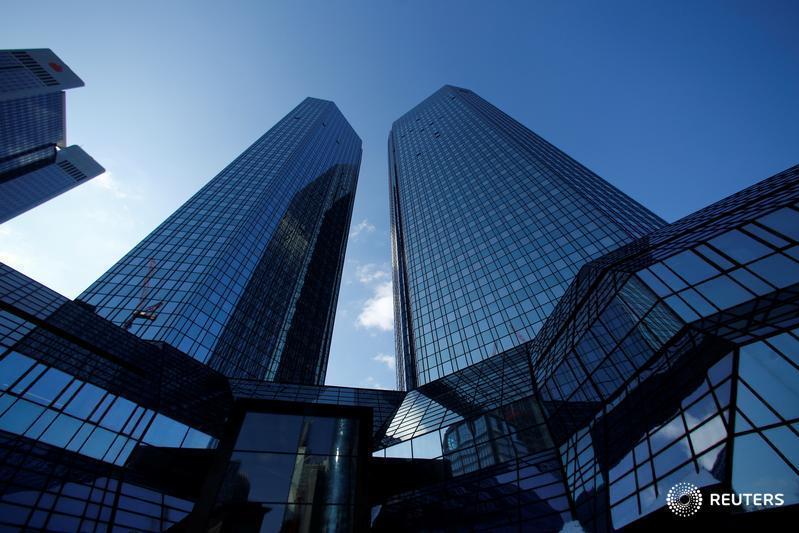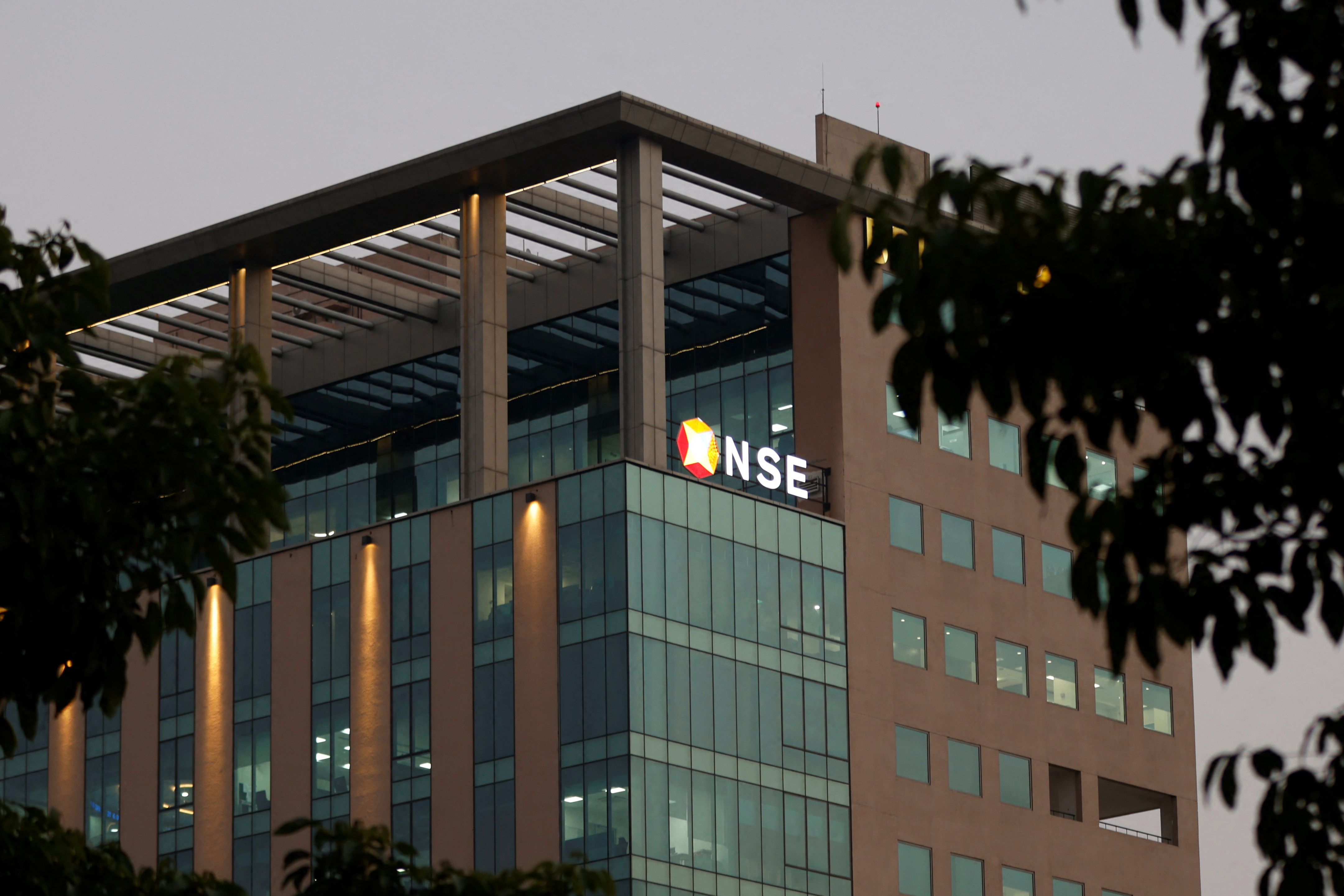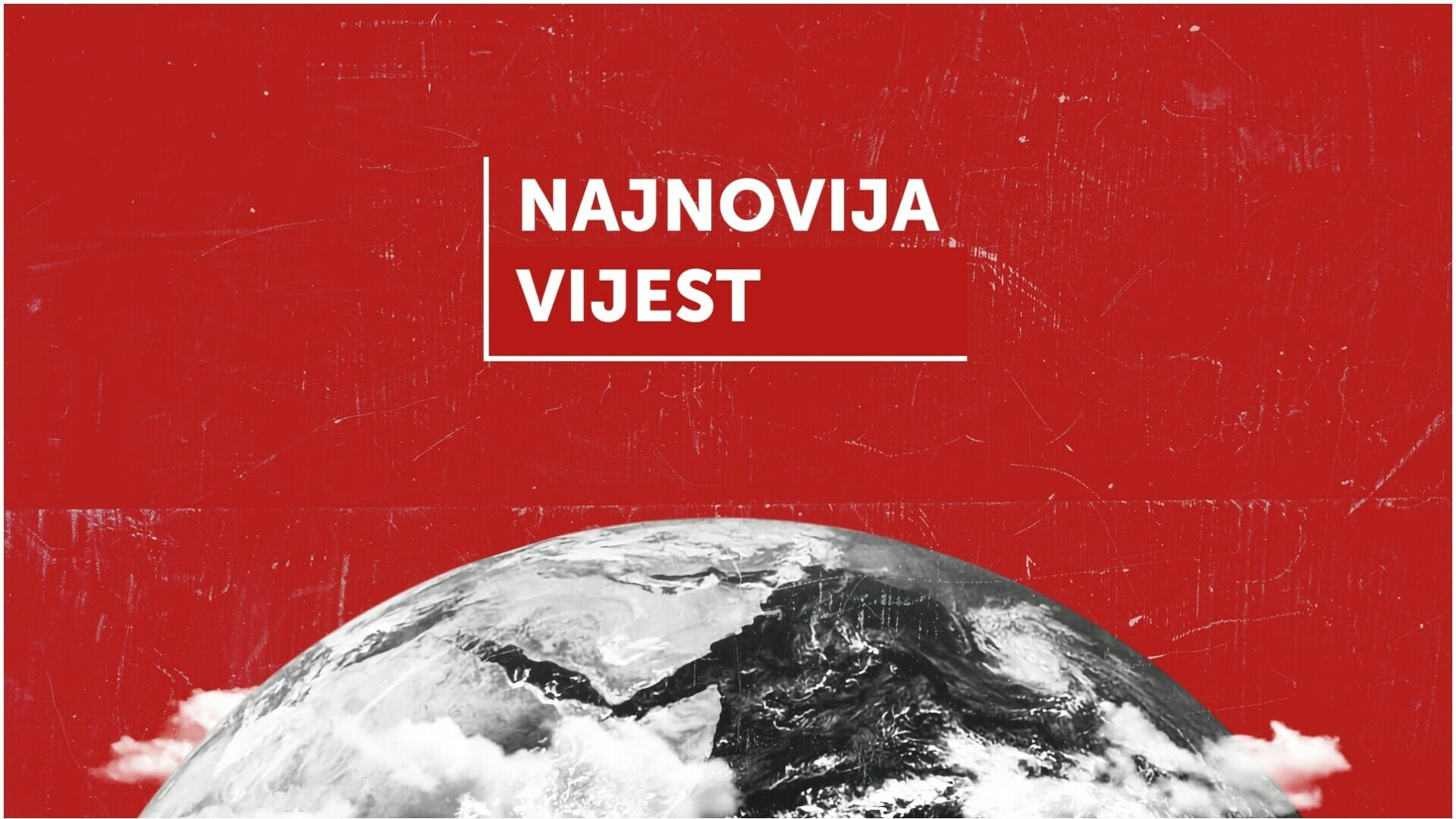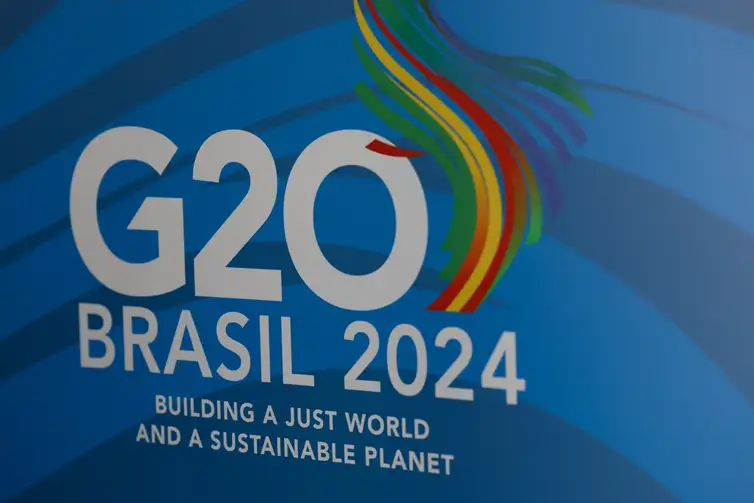NY's Congestion Pricing Plan Halted Unexpectedly
The abrupt pause on Manhattan's congestion pricing plan fuels intense debate over NYC's transit future and political maneuvering.
Published June 06, 2024 - 00:06am

Image recovered from bostonglobe.com
New York Governor Kathy Hochul's decision to delay the implementation of congestion pricing in Manhattan has sent ripples through the state's political, environmental, and social spheres. The initiative, aimed at reducing traffic and generating crucial funding for public transit improvements, faced both strong support and opposition.
While congestion pricing is a strategy used in global cities like London and Singapore to combat congested streets, its suspension in New York has jeopardized the anticipated inflow of $1 billion annually for the Metropolitan Transportation Authority (MTA). Proponents saw this as an essential step towards enhancing the city's bus and subway systems, which millions of New Yorkers rely on each day. However, criticism and lawsuits from suburban commuters and local officials over the impact on expenses and their daily commute led to second thoughts about the program's timing.
The program's halt raises serious concerns about the state's commitment to environmental goals and efforts to modernize transportation infrastructure. Without the expected funds, planned transit upgrades and projects may experience significant delays or cancellations, affecting the future mobility and sustainability of the city.
Hochul's decision, while resonating with financial cautiousness during the city's fragile post-pandemic recovery, faces sharp criticism for seeming to prioritize immediate political gains over long-term urban planning and public interests. The delay could undermine the previously collaborative and challenging process that the congestion pricing plan underwent.
Amidst the heated discussions, New York City's congestion and the underlying transportation challenges persist. How the state navigates this path will be critical in setting precedents for urban transformation and managing the interplay between governance, community needs, and environmental stewardship.
The impasse over congestion pricing comes at a momentous time for New York, as the city seeks to balance its economic recovery with ambitious environmental targets. The push for congestion pricing is not merely a fiscal issue but also a step toward New York's pledge to reduce carbon emissions and combat climate change. Critics of the decision to delay the policy argue that it represents a missed opportunity to address the city's gridlock and its accompanying air quality issues, which disproportionately affect low-income communities and neighborhoods with high rates of asthma and other respiratory diseases.
Disagreements over congestion pricing also underscore larger debates about equity and accessibility in urban planning. Proponents contend that the funds derived from congestion pricing could expand and enhance public transportation services, potentially benefiting lower-income residents who depend on buses and subways for their daily commute. Conversely, opponents argue that the congestion fees would impose undue financial burdens on middle-class families, thus affecting their socioeconomic well-being, especially those living in areas with limited transit options.
Adding to the complexity of the situation is the MTA's financial struggle. The COVID-19 pandemic caused a plummet in ridership, leading to an unprecedented revenue loss for the transport authority. Congestion pricing was viewed as a critical lifeline, intended to not only improve traffic conditions but also secure a sustainable financial future for New York's public transportation network. Now, with the pause in the policy's rollout, questions arise about how the MTA will adapt and maintain its services in the absence of this anticipated income stream.
Even as discussions around the congestion pricing plan continue, observers are also paying attention to the intricacies of implementing such a system. Factors such as defining the pricing zone, setting fee rates, exemptions for certain vehicles, and the method of collection are all components that would require meticulous planning and community engagement. Furthermore, the policy's delay poses risks for the Cuomo-era Penn Station redevelopment project and other critical transit improvements that hinge on the financial support congestion pricing was slated to contribute.
Looking forward, the state administration must contend with legal, logistical, and political challenges as it reevaluates the future of congestion pricing in Manhattan. National eyes are on New York, as it stands as a bellwether for other US cities considering similar strategies to address urban congestion and support public transit systems. The outcome will likely influence not only the daily lives of New Yorkers but also the broader discussion on urban policy and infrastructure innovation in the United States.
Under scrutiny from various stakeholders, Governor Hochul and her administration face the delicate task of navigating the political landscape while endeavoring to meet environmental benchmarks and public transit needs. With congestion pricing on hold, New York's capacity to foster an equitable, efficient, and environmentally responsible transportation ecosystem hangs in the balance, presenting a crucial test of leadership and visionary urban planning.
As this chapter in New York's transit history unfolds, there is a growing consensus that whatever the next steps may be, they must be taken with a discerning eye towards the intertwined objectives of economic vitality, social equity, and environmental integrity. The conundrum of congestion pricing is more than a regional issue; it is a microcosm of the global challenge faced by cities striving to innovate and evolve in an increasingly urbanized world.






